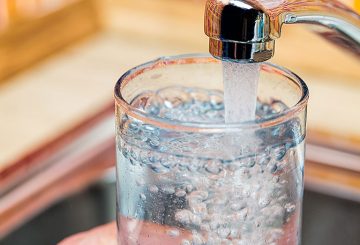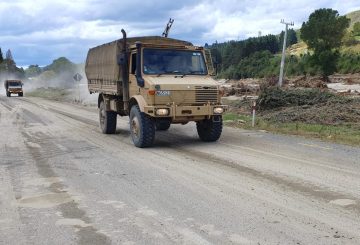12개의 학교 및 유아 단체가 모여 크리스토퍼 룩슨 총리에게 무료 학교 급식 프로그램인 카 오라 카 아코 (Ka Ora Ka Aco) 에 계속 자금을 지원할 것을 요청했습니다.다양한 학교, 교장, 교사 조합 및 유아 교육 협회를 포함하는 이들 단체는 이 프로그램이 매우 중요하다고 생각합니다.
이 프로그램은 현재 혜택이 가장 취약한 1,000여 개 학교의 230,000명의 학생들에게 급식을 제공하고 있으며, 이는 식량 빈곤과 영양 부족에 대한 주요 안전망을 제공합니다.연구에 따르면, 학비 부족으로 결석한 학생들은 한 번도 끼니를 놓친 적이 없는 학생들에 비해 학습이 2~4년 뒤처진 것으로 나타났습니다.
그러나 데이비드 시모어 (David Seymour) 부교육부 장관은 이 제도에 대한 자금 지원을 줄일 수 있다고 밝혔습니다.그는 이 프로그램이 어린이들의 성취도와 출석률을 향상시킨다는 확실한 증거는 없다고 생각합니다.노동당 정부가 2019년에 도입한 이 프로그램은 연간 약 3억 2,500만 달러의 비용으로 22만 명 이상의 학생들에게 식량을 제공합니다.
작년에 이전 정부는 재무부가 Ka Ora Ka Ako에 대한 평가 결과 건강상의 이점을 보였으나 교육적 혜택은 거의 없었다고 권고하자 올해 말까지만 이 프로그램에 대한 자금 지원을 승인했습니다.아오테아로아 보건연합 (Health Coalition Aotearoa) 은 지역사회 내 높은 수준의 COVID 및 기타 질병으로 인해 학생 출석률이 사상 최저 수준에 도달한 2021년에 이 프로그램에 대한 평가가 이뤄졌다는 점을 지적하면서 이 계획을 옹호해 왔습니다.




























































